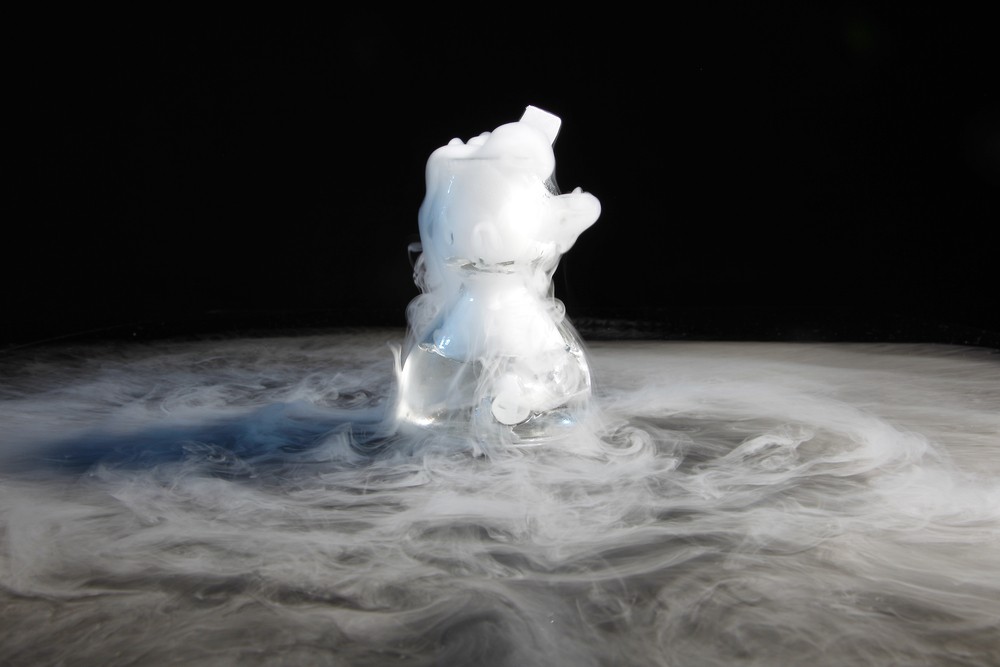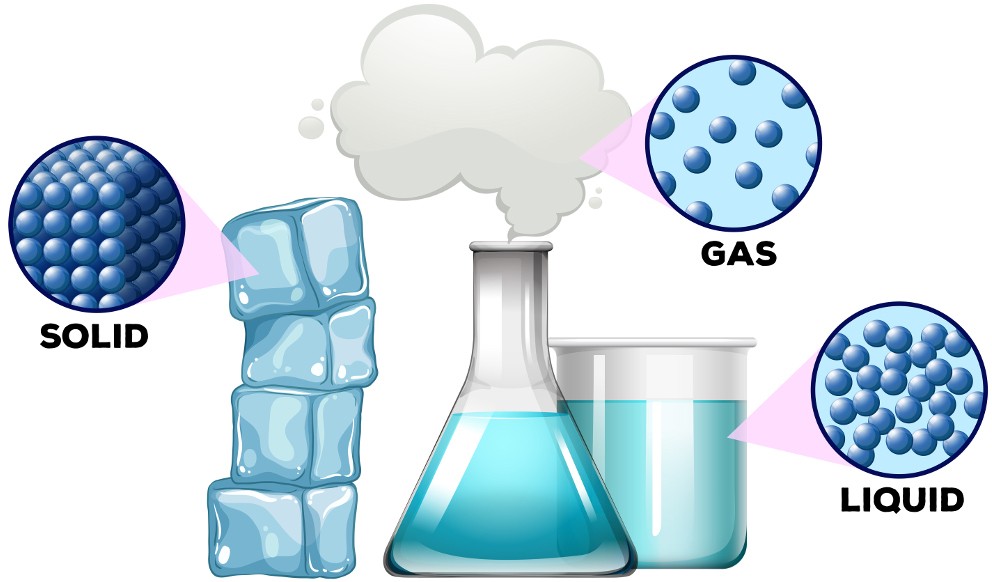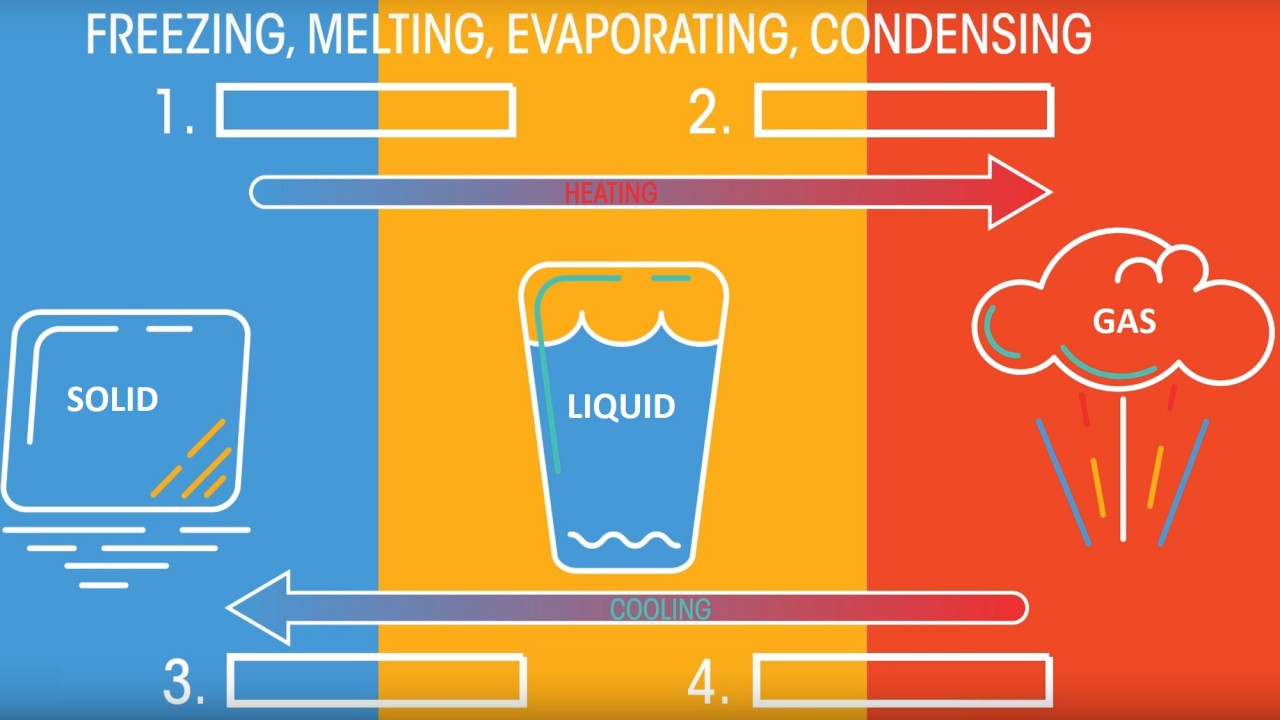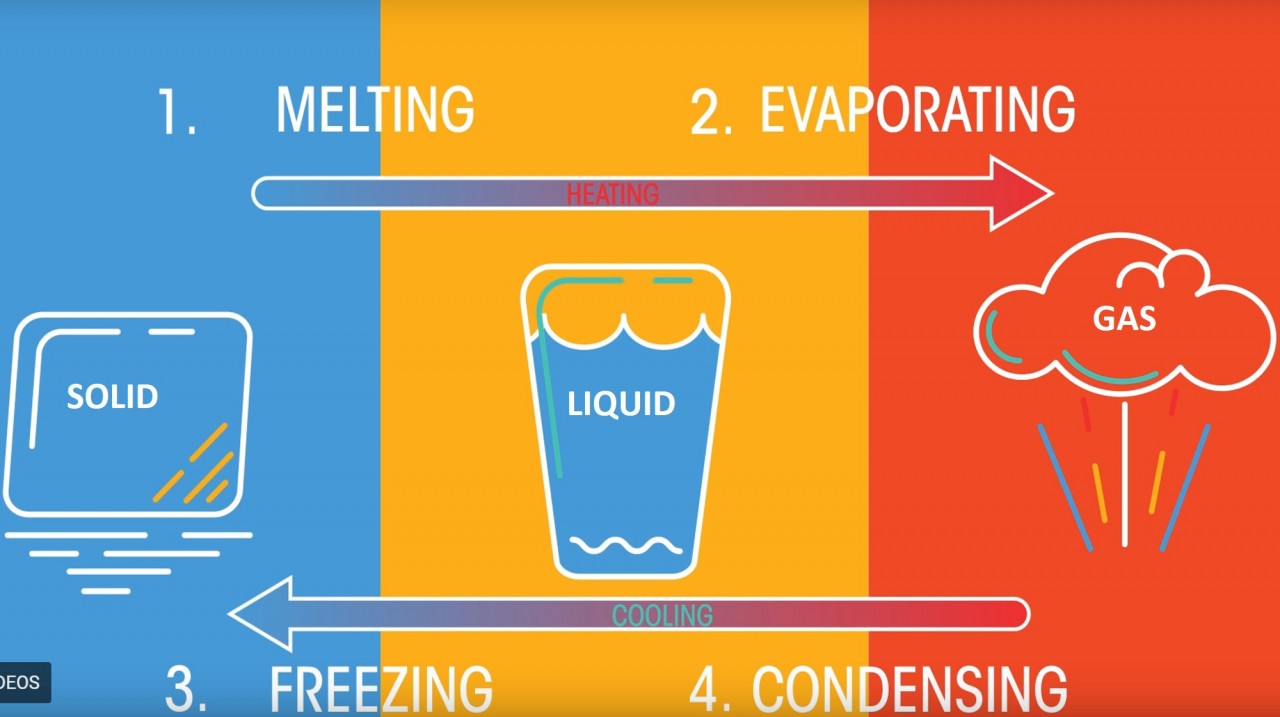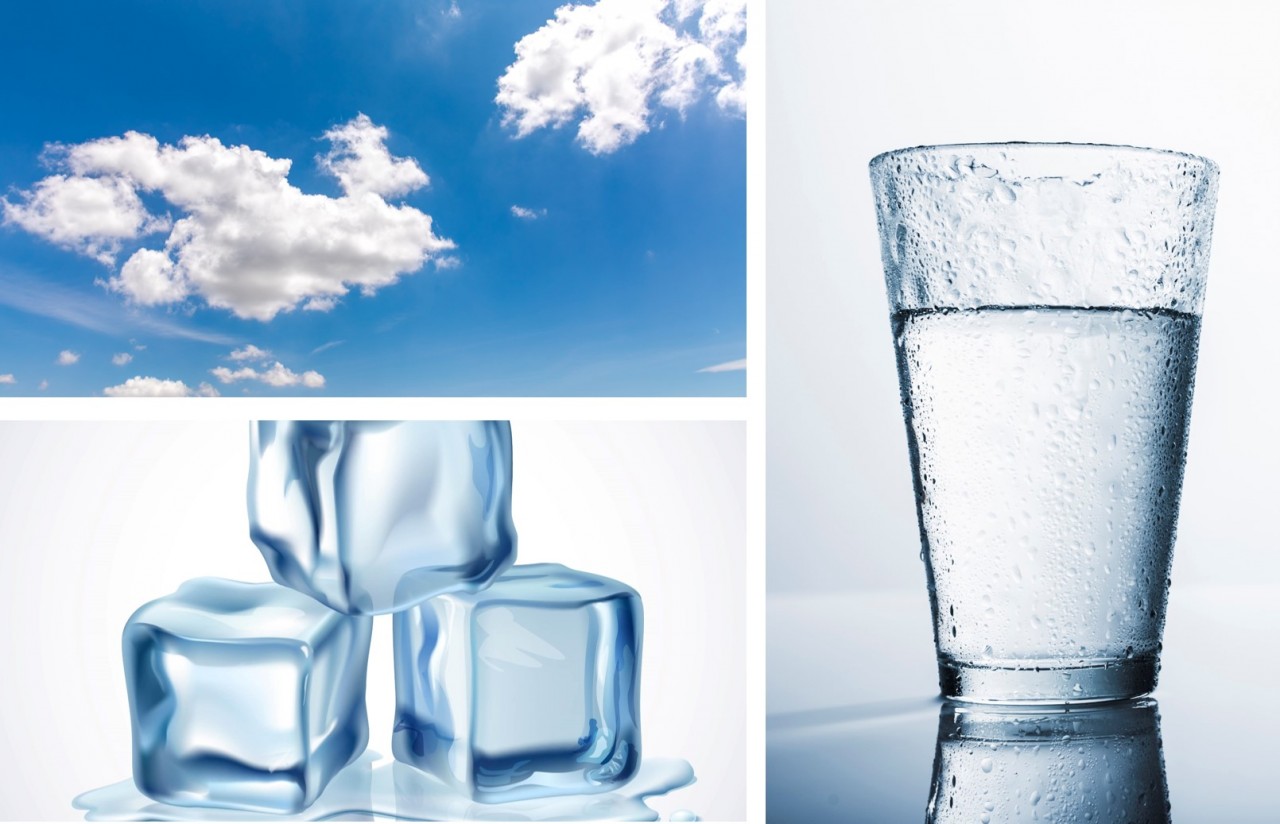1.1 - 1.2 The three states
1.1 Introducing the states
Matter can exist in one of three fundamental states: Solid, Liquid or Gas
Here we consider the way in which these three states behave
We see how matter can be converted from one state into another and we introduce the terms used for these changes.
Evaporation, condensation, melting, freezing , sublimation and deposition.
It is important to be able to recall and explain the properties and behaviour of solids liquids and gases.
We also look at the way in which some substances dissolve in others and consider the terms :
Solute, solution, dissolve, soluble, saturated solution
1.1 - 1.2 Three fundamental states of matter
Students should:
1.1 understand the three states of matter in terms of the arrangement, movement and energy of the particles
1.2 understand the interconversions between the three states of matter in terms of:
- the names of the interconversions
- the names of the interconversions
- how they are achieved
- the changes in arrangement, movement and energy of the particles.
1.2 Activity 1: Properties of the states
All matter is made up of particles. In solids, liquids and gases, the particles might be ions, molecules or atoms.
Watch the first 70 seconds of the video. Use your own words to describe the motion of the particles, the behaviour, shape and volume of a material when it is a :
- solid
- liquid
- gas
- In a solid the particles vibrate but the solid remains in a fixed shape. The solid has a fixed density and cannot be compressed
- In a liquid the particles have enough energy to move freely and the liquid can therefore flow. A liquid will take up the shape of the container in which it is placed. The liquid cannot easily be compressed.
- In a gas the particles are widely spaced and move freely. The gas will fill the container in which it is placed. Gases can be compressed.
Enter your text here ...
1.2 Activity 2: Name the changes
Heating a material will give energy to its particles and cause them to move more rapidly. Cooling does the opposite. Heating or cooling can therefore cause a material to undergo a change of state.
With three principal states of matter there are six possible changes depending on whether we are heating or cooling the substances. These are shown in the table below.
| Heating | Cooling | |
| solid/liquid | melting | freezing |
| liquid/gas | evaporating | condensing |
| solid/gas | sublimation | deposition |
When you subscribe to the blog, we will send you an e-mail when there are new updates on the site so you wouldn't miss them.
